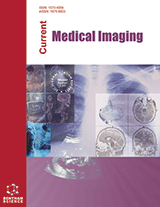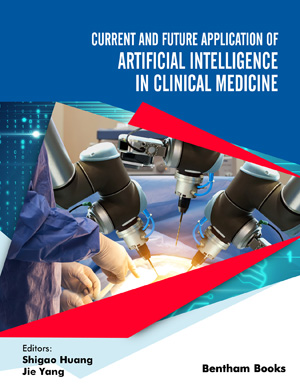
Abstract
Background The composition of kidney stones is related to the hardness of the stones. Knowing the composition of the stones before surgery can help plan the laser power and operation time of percutaneous nephroscopic surgery. Moreover, patients can be treated with medications if the kidney stone is compounded by uric acid before treatment, which can relieve the patients of the pain of surgery. However, although the literature generally reports the kidney stone composition analysis method base on dual-energy CT images, the accuracy of these methods is not enough; they need manual delineation of the kidney stone location, and these methods cannot analyze mixed composition kidney stones.
Objective This study aimed to overcome the problem related to identifying kidney stone composition; we need an accurate method to analyze the composition of kidney stones.
Methods In this paper, we proposed the automatic kidney stone composition analysis algorithm based on a dual-energy CT image. The algorithm first segmented the kidney stone mask by deep learning model, then analyzed the composition of each stone by machine learning model.
Results The experimental results indicate that the proposed algorithm can segment kidney stones accurately (AUC=0.96) and predict kidney stone composition accurately (mean Acc=0.86, mean Se=0.75, mean Sp=0.9, mean F1=0.75, mean AUC=0.83, MR (Exact match ratio)=0.6).
Conclusion The proposed method can predict the composition and location of kidney stones, which can guide its treatment.
Experimental results show that the weighting strategy can improve kidney stone segmentation performance. In addition, the multi-label classification model can predict kidney stone composition precisely, including the mixed composition kidney stones.
Keywords: Kidney stone composition, Deep learning, Dual-energy CT, Radiomics, Segmentation, Nephroscopic surgery.
[http://dx.doi.org/10.1038/s41581-020-0320-7] [PMID: 32753740]
[http://dx.doi.org/10.1038/nrdp.2016.8] [PMID: 27188687]
[http://dx.doi.org/10.1148/rg.322115065] [PMID: 22411937]
[http://dx.doi.org/10.1016/j.crad.2016.07.012] [PMID: 27554618]
[http://dx.doi.org/10.1007/s00330-012-2727-4] [PMID: 23263603]
[http://dx.doi.org/10.1097/RLI.0000000000000002] [PMID: 24141741]
[PMID: 33325347]
[http://dx.doi.org/10.1016/j.artmed.2017.12.001] [PMID: 29241659]
[http://dx.doi.org/10.1148/radiol.2015151169] [PMID: 26579733]
[http://dx.doi.org/10.1016/j.kint.2021.05.031] [PMID: 34129883]
[http://dx.doi.org/10.1038/s41467-020-18497-3] [PMID: 32968067]
[http://dx.doi.org/10.1038/s41467-020-15027-z] [PMID: 32144248]
[http://dx.doi.org/10.1016/j.eswa.2022.119430] [PMID: 36570382]
[http://dx.doi.org/10.1016/j.bspc.2022.103844]
[http://dx.doi.org/10.53070/bbd.989226]
[http://dx.doi.org/10.1016/j.measurement.2018.04.002]
[http://dx.doi.org/10.1007/s11307-020-01554-0] [PMID: 33108801]
[http://dx.doi.org/10.1007/s00330-017-5242-9] [PMID: 29368161]
[http://dx.doi.org/10.7717/peerj-cs.871] [PMID: 35494791]
[http://dx.doi.org/10.1016/S1470-2045(18)30080-9] [PMID: 29428165]
[http://dx.doi.org/10.1145/2939672.2939785]
[http://dx.doi.org/10.1016/j.patrec.2005.10.010]
[http://dx.doi.org/10.1038/nmeth.3945]
[http://dx.doi.org/10.1016/j.dsp.2019.102637]
[http://dx.doi.org/10.1038/srep36453] [PMID: 27819359]
[http://dx.doi.org/10.1177/0272989X06295361] [PMID: 17099194]












